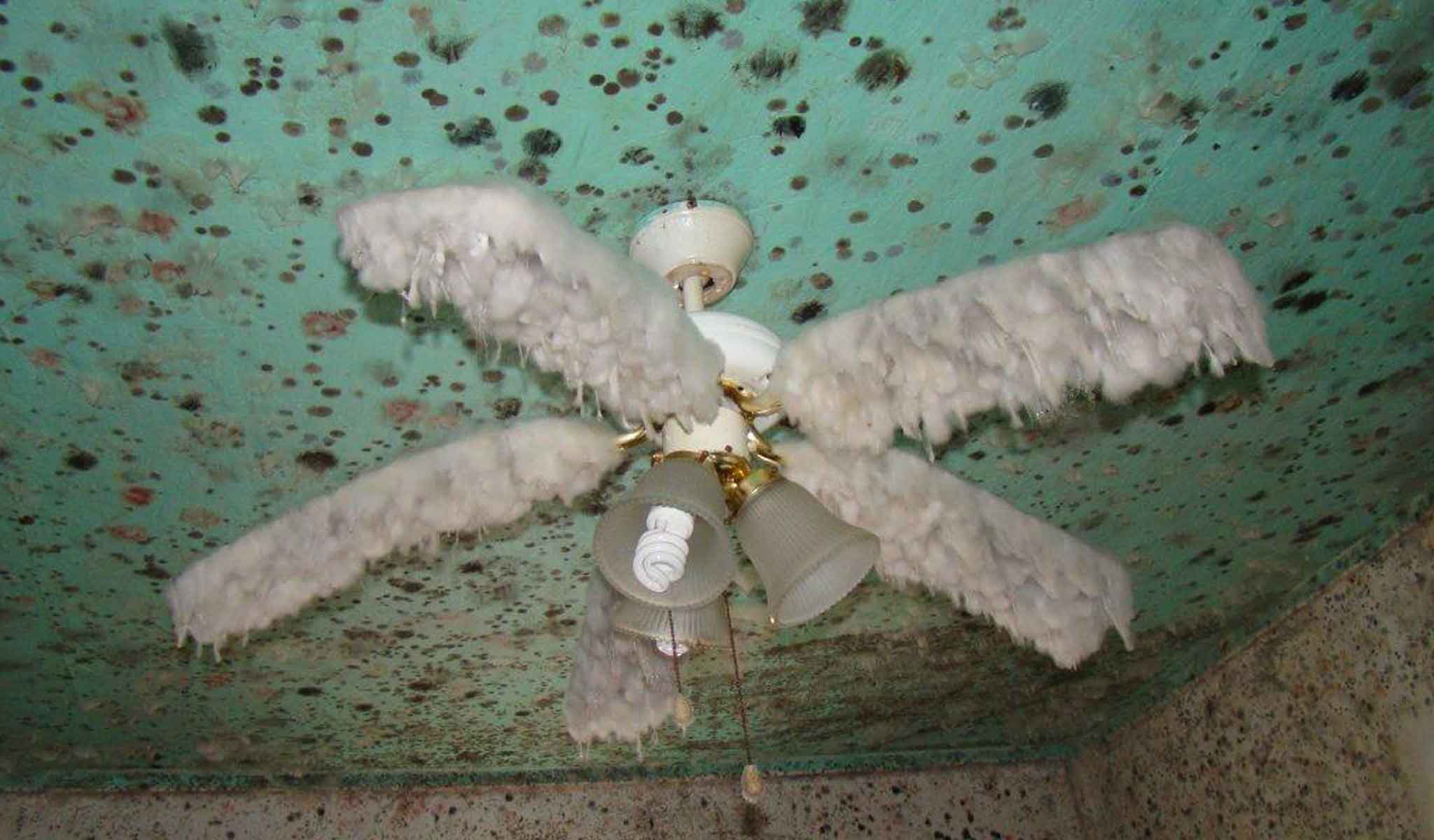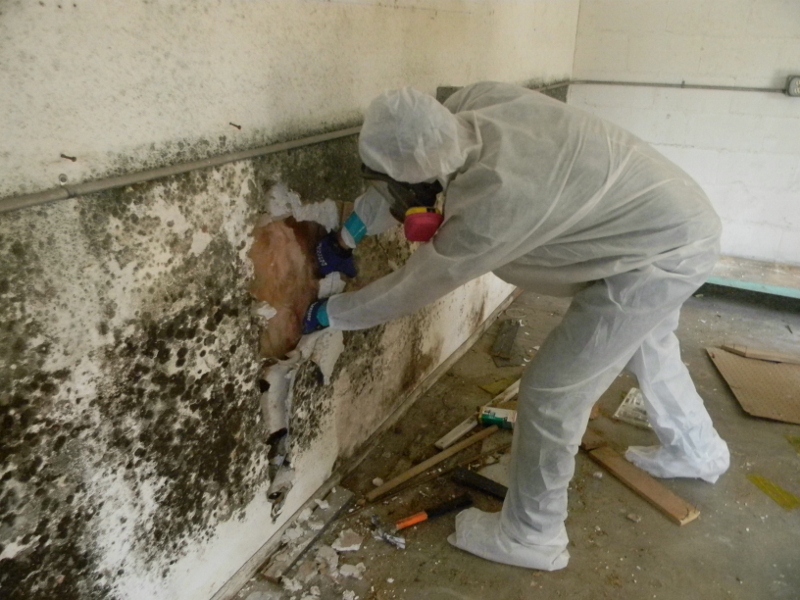24/7 Emergency Response: (877) 992-2773
Language:We have the experience, resources, equipment and skilled manpower to complete the dirty jobs safely and quickly to get you back to “business as usual” in a healthy environment. Our service programs are designed to provide cost-effective abatement solutions. All environmental services projects are evaluated and completed with confidentiality and discretion.
Mold is everywhere, and though not all molds are harmfully toxic, many varieties can certainly cause allergy problems. Mold spores cannot be completely eliminated from indoor environments, they grow exponentially to become visible to the human eye in the presence of moisture. We can remediate the mold through strict protocols provided by a third party environmental hygienist to mitigate the possibility of mold germination.
If structural drying does not begin within 24-48 hours of water damage, then microbial growth can occur. At Vic’s we follow the International Institute of Cleaning and Restoration Certification (IICRC) procedure of handling mold remediation jobs as outlined in the guide document S520.
We encourage property owners to take immediate action when dealing with water damage at their property to prevent microbial growth and execute due diligence in maintaining a healthy living and working environment.


•High humidity
•Mildew and musty odors
•Discoloration of walls
•Warped wood
•Presence of wet materials in doors
•Loose drywall material that has been exposed to water
Since microscopic mold spores exist naturally almost everywhere, indoors and outdoors, removing all mold from a home or business is impossible. Some restoration businesses advertise “mold removal” and even guarantee to remove all mold. This is a fallacy.
A qualified restoration company understands the science behind mold and mold growth. Vic’s has the training and expertise to remediate the mold in your home or business. Mold remediation focuses on getting mold levels back to normal, natural levels.
Every mold damage scenario is different and requires a unique solution, but the general mold remediation process stays the same.
Step 1: Emergency Contact (877) 992-2773
Step 2: Inspection and Mold Damage Assessment
Step 3: Mold Containment
Step 4: Air Filtration
Step 5: Removing Mold and Mold-Infested Materials
Step 6: Cleaning Contents and Belongings
Step 7: Restoration